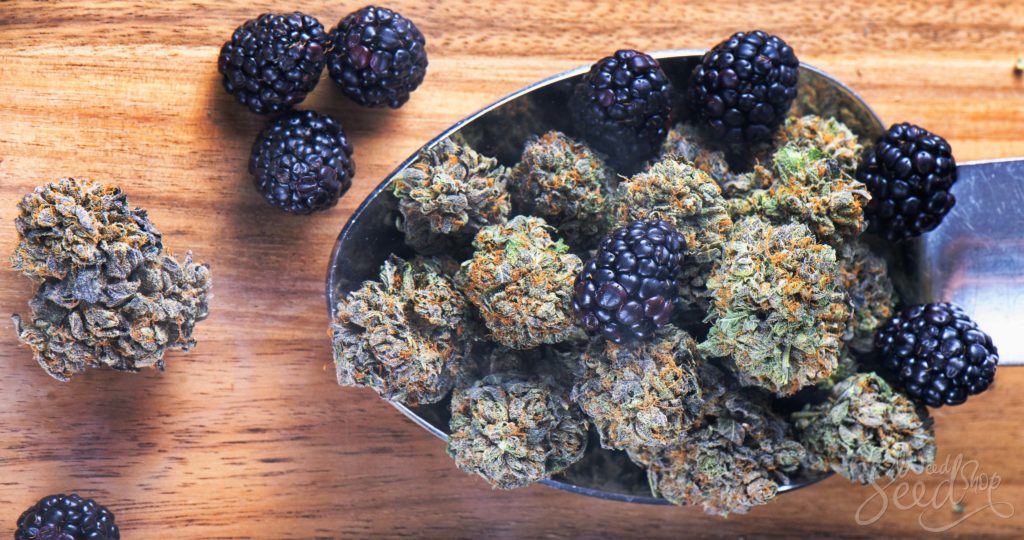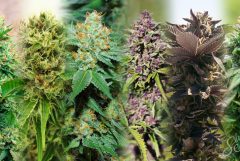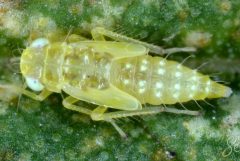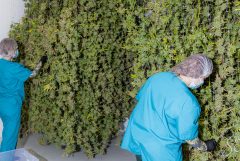When we begin to take a look into what makes up cannabis, a surreal complexity emerges. The cannabis plant is much more than just THC and CBD, although these cannabinoids are the most well-known. Weed is rich in terpenes, trichomes and a very special group of phytonutrients called flavonoids. To learn more about what flavonoids are and how they work in cannabis, keep reading this article.
When we talk about cannabis, our conversations are almost always about the famous cannabinoids, THC and CBD. But cannabis doesn’t end at these two compounds. In fact, there are more than 400 chemical compounds in the cannabis plant, all of which contribute to the reasons you love it, whether you know about them or not!
Flavonoids are often overlooked when it comes to cannabis’s constituent parts. Terpenes, trichomes and cannabinoids get a lot of attention, while flavonoids are usually left out of the conversation among cannabis enthusiasts. But they can account for up to 2.5% of the plant’s makeup by dry weight.
There is something to be said about the prevalence of flavonoids in cannabis, although very little research has been done. But what we find is that flavonoids play a huge role in the way cannabis plants look and they affect the overall weed experience.
What are flavonoids?
Flavonoid compounds are not specific to cannabis. In fact, they can be found all over the plant kingdom. They are a very diverse group of phytonutrients, or plant chemicals, that can be found in almost all the fruits vegetables that we eat.
Botanists and plant enthusiasts know that chlorophyll is usually what is responsible for giving a plant its vibrant green colour. But what about all those plants that have other colours bursting out of them? Well, that’s all thanks to the role of flavonoids.
Interestingly, the word flavonoid is derived from the Latin, flavus, meaning yellow. Flavonoids such as anthocyanin are responsible for giving some strains of cannabis, like New Purple Power, the deep purple colour that is so desperately sought after! So, all the plants you see vibrating with colour are rich in flavonoids, cannabis being one of them.
Flavonoids don’t offer anything in the way of a psychedelic effect, but they definitely give their respective plants some of their personality. The same way that certain terpenes induce certain effects out of a strain of cannabis, a plant with certain flavonoids gives it a particular “flavour”, or character of its own.
There are more than 6,000 identified flavonoids, making them the biggest group of phytonutrients according to scientists. They have been extensively researched in the plant kingdom (with the exception of cannabis) for being potential reasons that certain plants contain medicinal value. The health benefits of flavonoids have been linked to skin health, brain function, blood sugar and blood pressure.
So, it seems that flavonoids play a huge role in botany as a whole. Let’s take a closer look at which flavonoids can be found specifically in cannabis, and the potential role that they play in how cannabis works as a medicine.
Flavonoids in cannabis and their medicinal value

Of all the many different groups of compounds that can be found in the cannabis plant, flavonoids have been left as the most understudied. But that doesn’t make them the least valuable nor the least influential when it comes to how cannabis affects the user.
Flavonoids are pharmacologically active! Scientists have taken to investigating the possibility that they give plants some medicinal value. However, it is a consensus among scientists that flavonoids work in conjunction with other compounds within a plant to produce their medicinal effects.
In total, only about 20 different flavonoids have been identified in the cannabis plant. While some of them are exclusive to cannabis, others are flavonoids that are found in other plants and vegetables, too.
- Cannaflavins A, B and C: These flavonoids are specific to cannabis, and don’t repeat themselves in any other plant. Cannaflavins A and B were discovered and named in the 1980s by Dr. Marilyn Barett, while Cannaflavin C was more recently isolated in 2013.
Cannaflavin A is said to have 30 times the power of aspirin at inhibiting PGE-2. PGE-2 is a mediator of inflammation, especially in diseases such as rheumatoid arthritis. - Quercetin: The quercetin flavonoid is another common among many plants. It is thought to be the “super” element in what we refer to as “superfoods”, blueberries and broccoli included. It has anti-aging properties and is a powerful inflammatory.
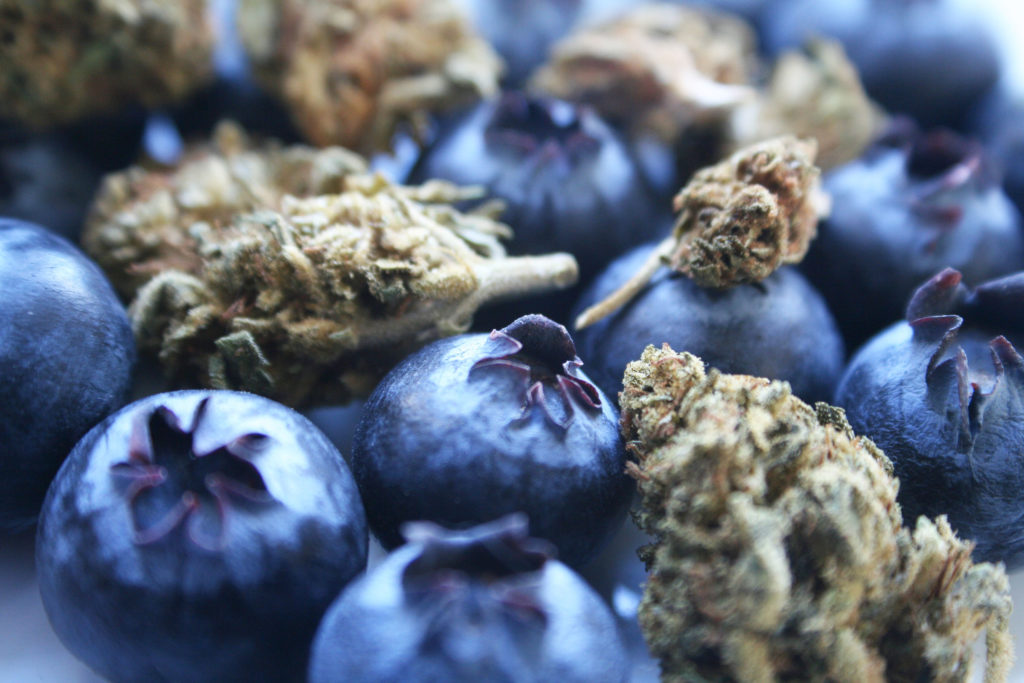
- Kaempferol: Kaempferol is usually found in cruciferous vegetables and is studied for its potential to have anti-cancer properties.
- Beta–sitosterol: Beta-sitosterol is considered by the US Food and Drug Administration to contain properties that reduce the risk of coronary heart disease. This flavonoid is actually widely used in medicines that you can pick up from your pharmacy. They are usually used to treat cuts and burns in topical treatments, and can even be found in colon cancer prevention methods. It is even said that marathon runners sometimes use this compound to treat swelling and pain after running.
Weed – Much richer than just cannabinoids
Although cannabinoids are the hottest topic when it comes to cannabis, the cannabis plant is much richer than just cannabinoids. It is a magical concoction of so many different compounds, it’s a mystery how they all come together to produce the cannabis effect.
The magical world of flavonoid compounds has only just been knocked on when it comes to their role in cannabis, and there is plenty more to learn about them. What we do understand is that flavonoids are another piece of the synergistic puzzle that makes up the cannabis experience.
There is no doubt that flavonoids participate in the entourage effect of weed. When someone uses cannabis distillates, for example, they lose out on all these compounds and their effects.
So next time you’re in a conversation about weed and everybody is talking about cannabinoids and terpenes, you can throw in what you know about flavonoids! They might be just as responsible for weed’s healing powers as CBD or THC! The more we learn about cannabis, the more complex and rich it becomes.





